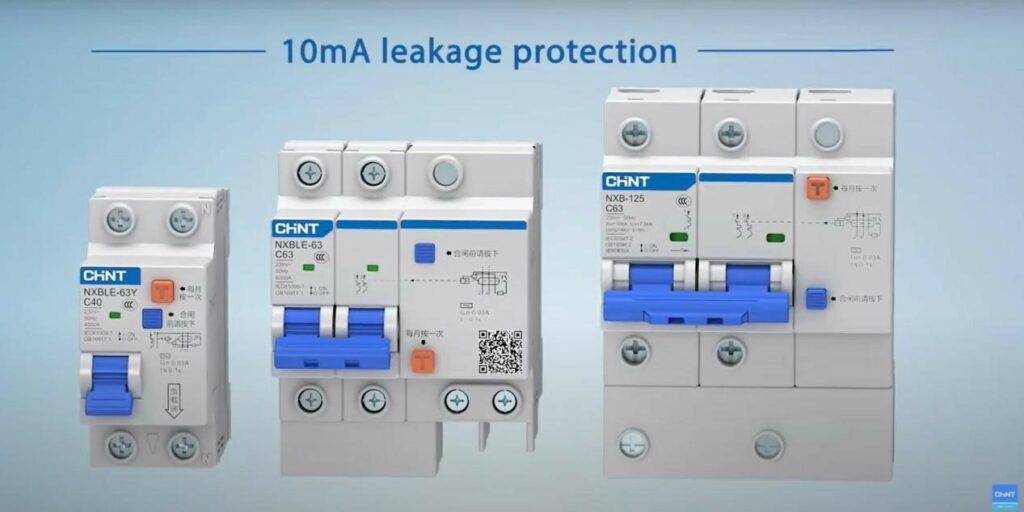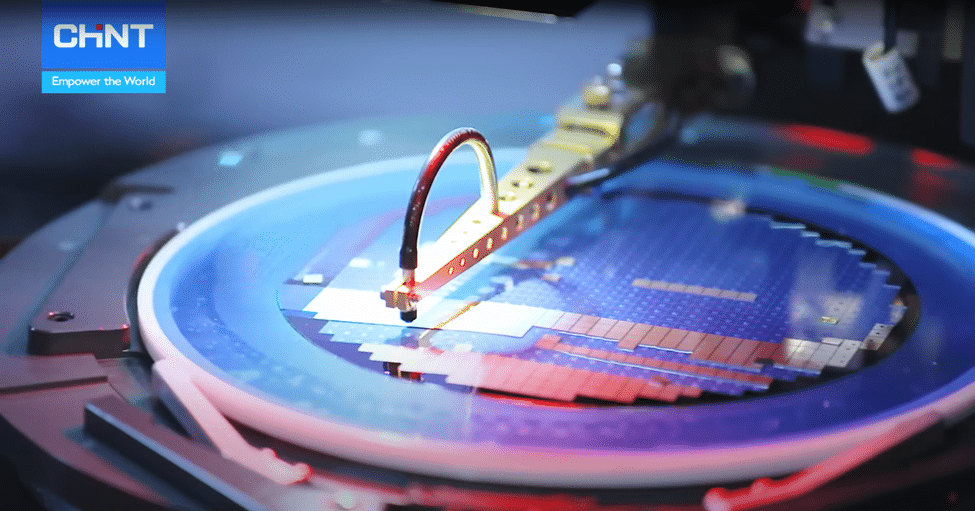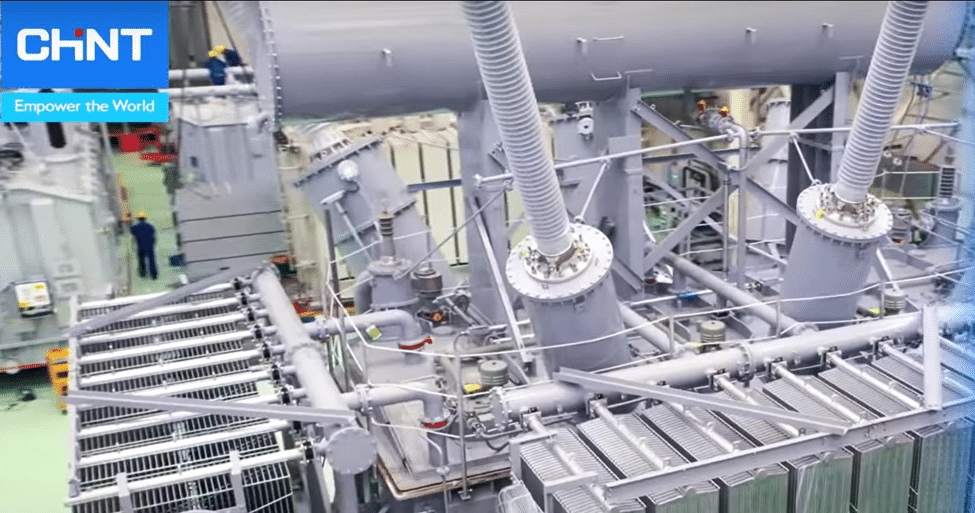A Residual Current Operated Circuit Breaker (RCBO) is a critical safety measure when protecting electrical circuits. The RCBO is a current sensing component that can automatically disconnect and measure the circuit whenever the current exceeds the rated sensitivity, or a fault happens in a connected circuit.
This device is purposed to protect one from the risk of electrical shocks, firesand electrocution. It can also assist in sudden earth faults. The installation of an RCBO ensures that a circuit trips immediately and protects you from electric shock. After knowing the RCBO meaning, you can continue to read this article to uncover more regarding the principles and advantages.
Working principle of RCBO
RCBO works on Kirchhoff’s principle that the incoming current should be the same as the outgoing current in a circuit. RCBO compared the difference in current values between neutral and live wires. Admittedly, the current that flows to the circuit from the live wire should equal the one that flows through the neutral wire.
If a fault happens, the current from the neutral wire reduces, and the differential between the two is referred to as the Residential Current. When the Residential Current is identified, the electrical system triggers the RCBO to trip off the circuit.
The test circuit included in the residual current device ensures that the RCBO reliability is tested. After you push the test button, the current begins to flow in the test circuit since it established an imbalance on the neutral coil, the RCBO trips, and supply disconnects and checked the reliability of RCBO.
What is the advantage of RCBO?
All in one device
In the past, electricians installed the miniature circuit breaker (MCB) and residual current device in an electrical switchboard. The residual current operated circuit breaker is meant to protect the user from exposure to harmful currents. In contrast, MCB protects the building wiring from overloading.
Switchboards have limited space, and installing two separate devices for electrical protection sometimes becomes problematic. Fortunately, scientists have developed RCBOs that can perform dual functions in protecting the building wiring and users and freed up space in the switchboard since RCBOs can replace two separate devices.
Generally, RCBOs can be installed within a short period. Therefore, the RCBOs are used by electricians who want to avoid installing both MCB and RCBO breakers.
Protection functions
It is a compact protection component which offers RCBO earth fault protection and MCB overcurrent protection in a single unit. The device will switch both the neutral and line conductors. The Units feature indicators that demonstrate if a trip is due to an earth fault or overcurrent.
Compact size
The RCBO circuit breaker is the best option for installations in places with limited space. RCBOs have small widths that allow you to install several components in one enclosure.
Short installation time
RCBO provides a discriminating and reliable residual current protection. The elimination of separate circuit breakers and fuses substantially minimizes space needs and installation time.
High switching capacity
RCBOs have a considerably higher rated switching capacity than the residential current operated circuit breakers since the MCB component that offers short circuit protection undertakes short circuit clearing.
Different types of RCBO?
The RCBOs is divided into other types based on the operating function.
Type S
It is a sinusoidal residential current device that incorporates time delay. You can install it upstream from a Type AC RCB to offer selectivity. You cannot use this RCD for additional protection since it cannot operate under the needed time of 40mS.
Type AC
They are commonly installed in homes and meant to be used for alternating sinusoidal residual current to offer inductive, capacitive, or resistive equipment. These RCBOs operate instantaneously to detect imbalance and do not have a time delay.
Type A
Are used for residual pulsating DC of up to 6mA and alternating sinusoidal residual current
Type F
They are used for frequency-controlled equipment and appliances, including dishwashers, washing machines, and air conditioning controllers with variable speed drives.
Type B
They are used for three and single-phase equipment such as escalators, lifts, photovoltaic systems, welding equipment, and inverters.
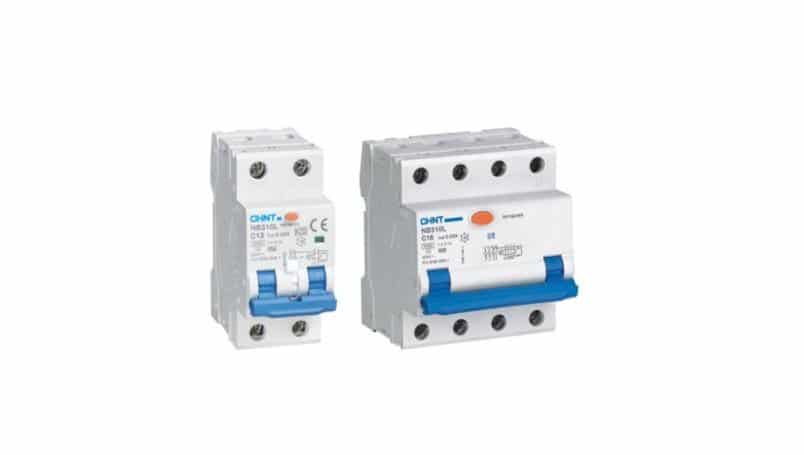
What is the difference between an MCB and RCBO?
RCBO vs. MCB
MCB cannot protect against earth faults, while the RCBOs can protect against electric shocks and earth faults.
MCBs monitor the current flow and interrupt circuits during short circuits and overload. In contrast, RCBOs monitor the current flow through the line and return flow in the neutral line. Also, the RCBOs can interrupt the circuit during earth leakage, short circuit, and overcurrent.
You can use MCBs to protect air conditioners, lighting circuits, and other appliances apart from devices and heaters with direct contact with water. In contrast, you can use RCBO for protection against electric shock. Therefore, you can use it to interrupt the power, power sockets, water heaters where you might have the possibility of an electric shock.
You can select MCBs based on the maximum short circuit current and load it can safely interrupt and trip curve. The RCBOs include the combination of RCBO and MCB. You can select them based on the maximum short circuit current and load, and it can trip the curve, interrupt, and offer maximum leakage current.
MCB can offer protection against short circuits and overcurrent, while the RCBO can protect against earth leakage currents, short circuits, and overcurrent.
Which is better, RCBO or MCB?
RCBO is better since it can protect against earth leakage currents, short circuits, and overcurrent, while MCB only offers protection against short circuits and overcurrent. Also, RCBO can protect electric shocks and earth faults, but MCBs might not.
When would you use an RCBO?
You can use RCBO for protection against electric shocks. In particular, you can use it to interrupt the power sockets and water heater, where you can get a possibility of electric shocks.
Conclusion
Circuit breakers help in protecting people and wiring systems from electrical accidents. The RCBO is a combination of the RCB and MCB. If you need a PLC product, CHINT is one of the best companies you need to choose since it provides reliable and high-quality circuit breakers to assist industries and homes in limiting electrical accidents. Also, their circuit breakers are designed for the global market, and offer maximum functionality.
Recommend Reading
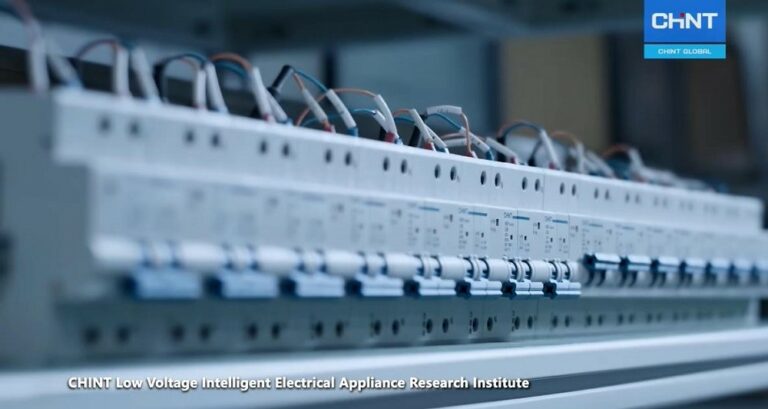
What Is the Difference Between MCB, MCCB, RCB, RCD, RCCB, and RCBO
Table of Contents Circuit breakers are essentially safety devices of any property that uses electricity. These fixtures act as the third party within sophisticated and
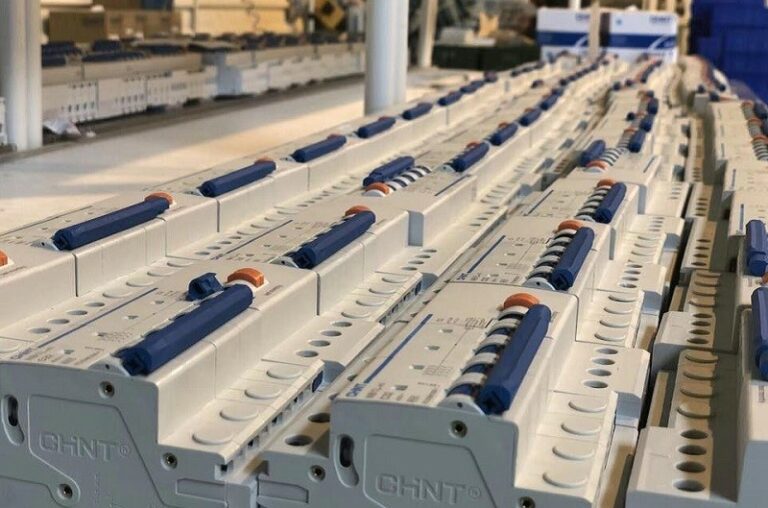
Circuit Breaker – Working Principle, Types and Safety Tips
Either at home or in business, many times there are sudden electrical failures that if they are not addressed quickly, they can cause significant damage

